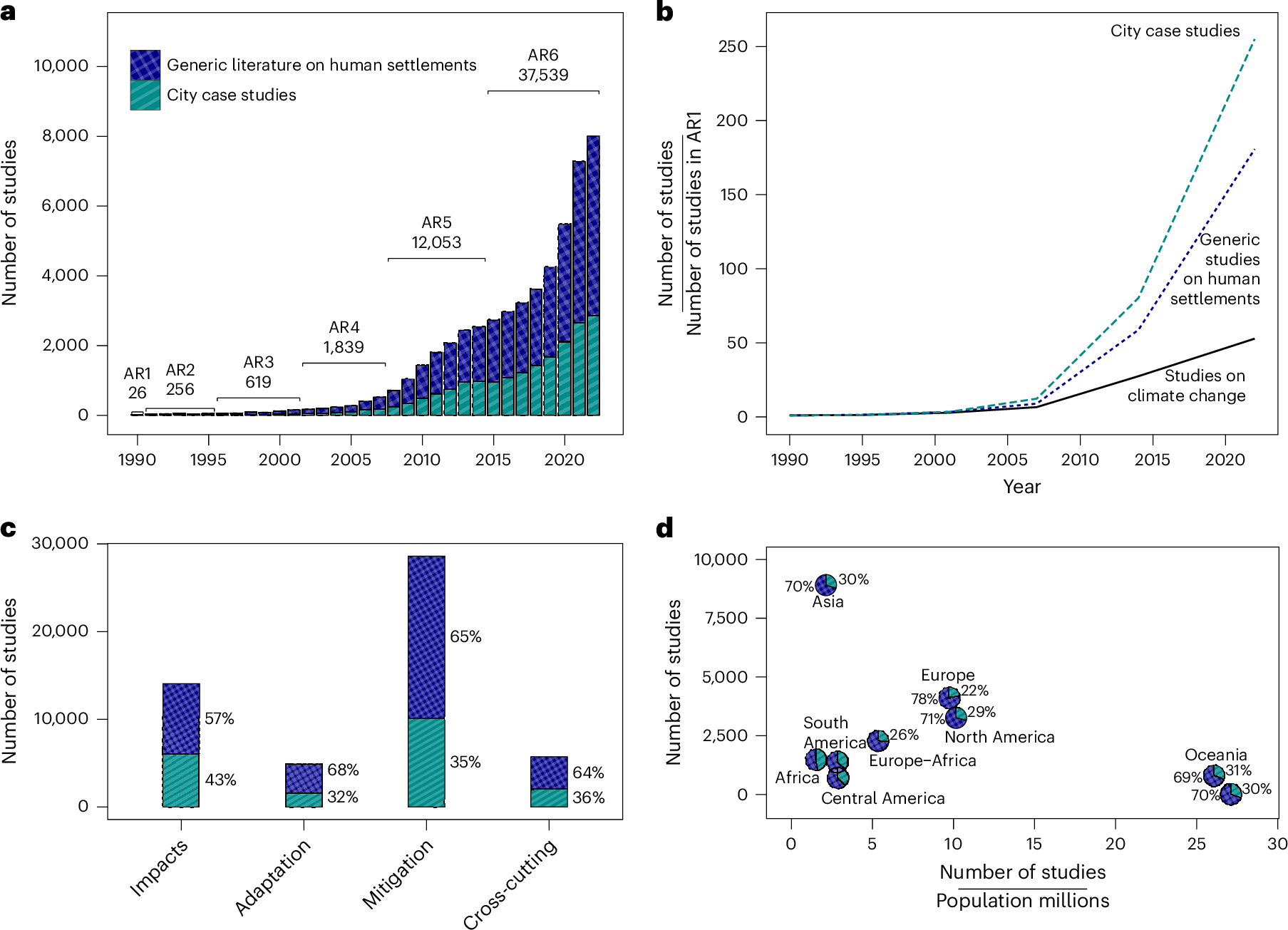2025-06-26 テキサスA&M大学

Texas A&M researchers uncovered how websites use covert browser fingerprinting to track users — even without cookies or consent — raising new concerns about online privacy and digital surveillance. Credit: Danielle Benavides/Texas A&M Engineering
<関連情報>
- https://stories.tamu.edu/news/2025/06/26/websites-are-tracking-you-via-browser-fingerprinting/
- https://dl.acm.org/doi/10.1145/3696410.3714548
オンライン追跡のためのブラウザフィンガープリント使用の最初の初期証拠 The First Early Evidence of the Use of Browser Fingerprinting for Online Tracking
Zengrui Liu, Jimmy Dani, Yinzhi Cao, Shujiang Wu, Nitesh Saxena
WWW ’25: Proceedings of the ACM on Web Conference 2025 Published: 22 April 2025
DOI:https://doi.org/10.1145/3696410.3714548
Abstract
While advertising has become commonplace in today’s online interactions, there is a notable dearth of research investigating the extent to which browser fingerprinting is harnessed for user tracking and targeted advertising. Prior studies only measured whether fingerprinting-related scripts are being run on the websites but that in itself does not necessarily mean that fingerprinting is being used for the privacy-invasive purpose of online tracking because fingerprinting might be deployed for the defensive purposes of bot/fraud detection and user authentication. It is imperative to address the mounting concerns regarding the utilization of browser fingerprinting in the realm of online advertising.
This paper introduces “FPTrace” (fingerprinting-based tracking assessment and comprehensive evaluation framework), a framework to assess fingerprinting-based user tracking by analyzing ad changes from browser fingerprinting adjustments. Using FPTrace, we emulate user interactions, capture ad bid data, and monitor HTTP traffic. Our large-scale study reveals strong evidence of browser fingerprinting for ad tracking and targeting, shown by bid value disparities and reduced HTTP records after fingerprinting changes. We also show fingerprinting can bypass GDPR/CCPA opt-outs, enabling privacy-invasive tracking.
In conclusion, our research unveils the widespread employment of browser fingerprinting in online advertising, prompting critical considerations regarding user privacy and data security within the digital advertising landscape.



